What does it take to become a wildlife filmmaker? Well, a lot! In this interview, Kenya-based wildlife filmmaker and director, Fiona Tande, walks us through the challenges and the complexities of making a climb in the industry, while being a visual-creator in one of the most epic parts of the world.
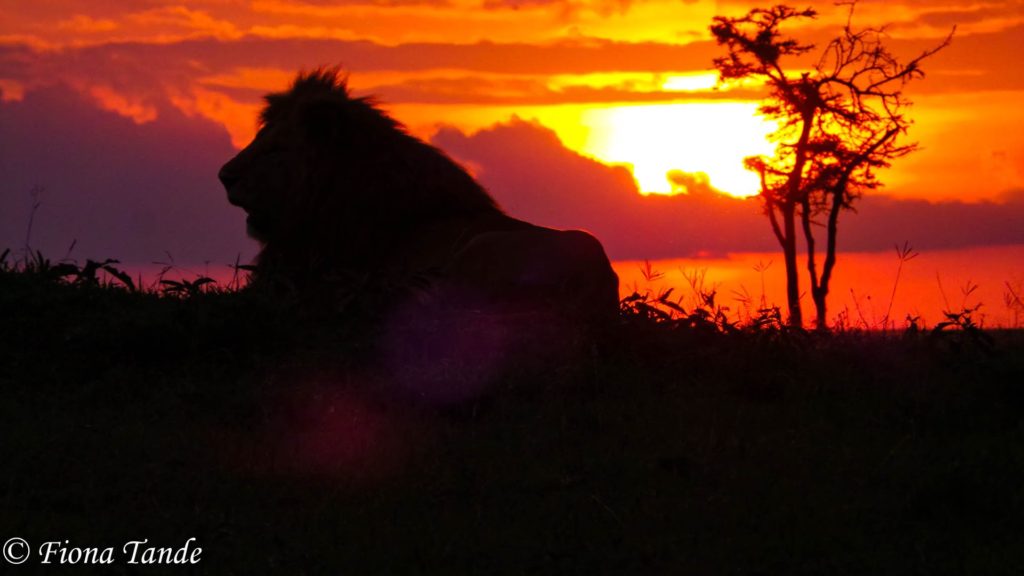
Women’s Cinema by Y.M.Cinema Magazine
Women’s Cinema is a series of articles by Y.M.Cinema Magazine that focus on the women in our industry, with the goal of encouraging women to pursue after filmmaking career and to provide a stage for female content creators in the filmmaking industry, regardless of their role on set. Read here Part 1, Part 2, Part 3, and Part 4.
This time, we interviewed Wildlife Filmmaker Fiona Tande. Fiona is a wildlife filmmaker, underwater cinematographer, director and producer, based in Kenya. In this interview, Fiona shares with us how’s like to be a filmmaker in one of the most epic parts of the world, and the complexities and challenges involved.
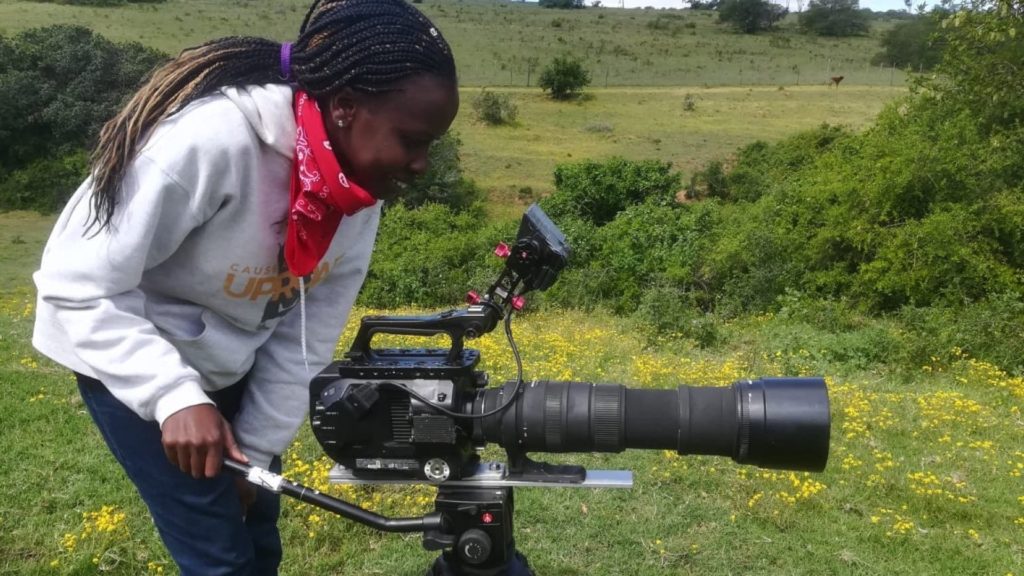
Wildlife filmmaking as a tool to create positive behavioral change
Y.M.Cinema Magazine: Please let us know about yourself, and how did you choose filmmaking as a profession/ career.
Fiona Tande: I’m an early-career wildlife filmmaker from and based in Kenya with an interest in camera operation/cinematography. I’m from the Maasai community, a tribe that’s world renown for holding on to its traditional roots, co-existing with wildlife for centuries, and living sustainably off of nature. My cultural background was a huge factor in getting into wildlife conservation as well as being catapulted into the industry by film. Growing up I would watch wildlife series on channels like Nat Geo and learned a lot about animal behavior and characteristics through these shows. It was however after watching a docu-film about lions and their plight to survive in a world where their habitat is constantly encroached by humans that I then got into wildlife conservation. After several years working with conservation organizations in the Kenyan landscape, I got an opportunity to attend a couple of short film courses both in South Africa and Kenya and realized the power of storytelling especially when it comes to making a greater impact and influencing positive behavioral change in humans. I’ve been looking to break into the industry for the past 3 years, working towards improving my skills to be a proficient camera operator while supporting various projects aimed at elevating local filmmaking talent.
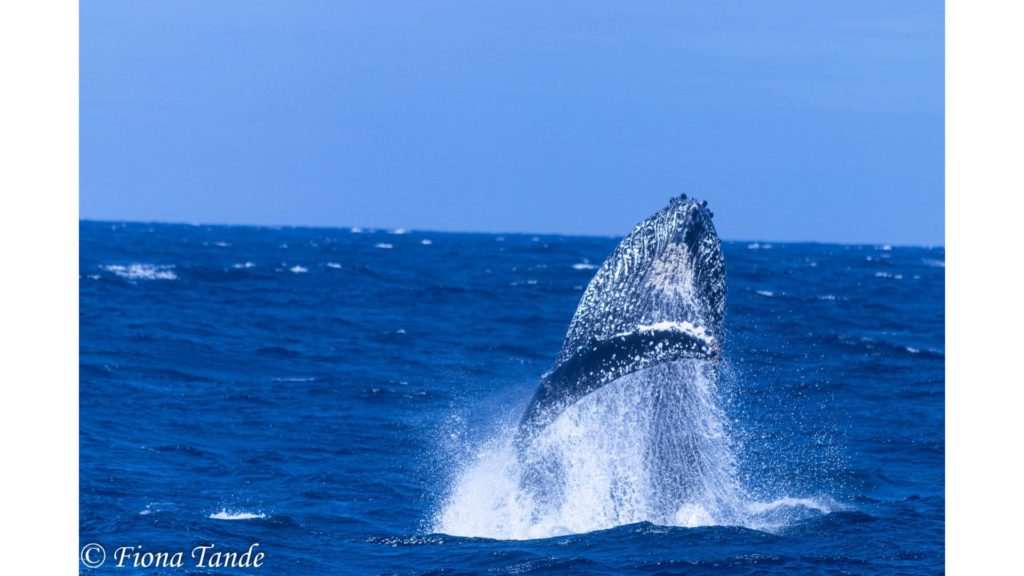
I got an opportunity to attend a couple of short film courses both in South Africa and Kenya and realized the power of storytelling especially when it comes to making a greater impact and influencing positive behavioral change in humans.
From underwater cinematography to directing
Y.M.Cinema Magazine: Name a few interesting projects and describe your roles on set
Fiona Tande: Early last year, (Feb 2020), I attended an underwater film lab in South Africa as a cinematographer in an effort to branch into the underwater aspect of camera operation. This is because I want to be an all-rounded cinematographer i.e., not just filming on land, but in our waters and airways too. There are many unique ways to capture the beautiful world we live in and as an African storyteller, I’m keen on exploring the various angles I can film our wildlife and tell the stories of wild Africa. The experience also gave me a newfound respect for underwater camera operators as it’s certainly not easy and I for one didn’t really consider the level of skill it takes to film underwater. Nonetheless, I’m excited to grow more in the sector and forge the path for more African filmmakers, especially women, to consider this little-explored industry. I also had an opportunity to collaborate with Jackson Wild through my film company, Pridelands Films, in coordinating and co-organizing the first-ever wildlife summit in Kenya.
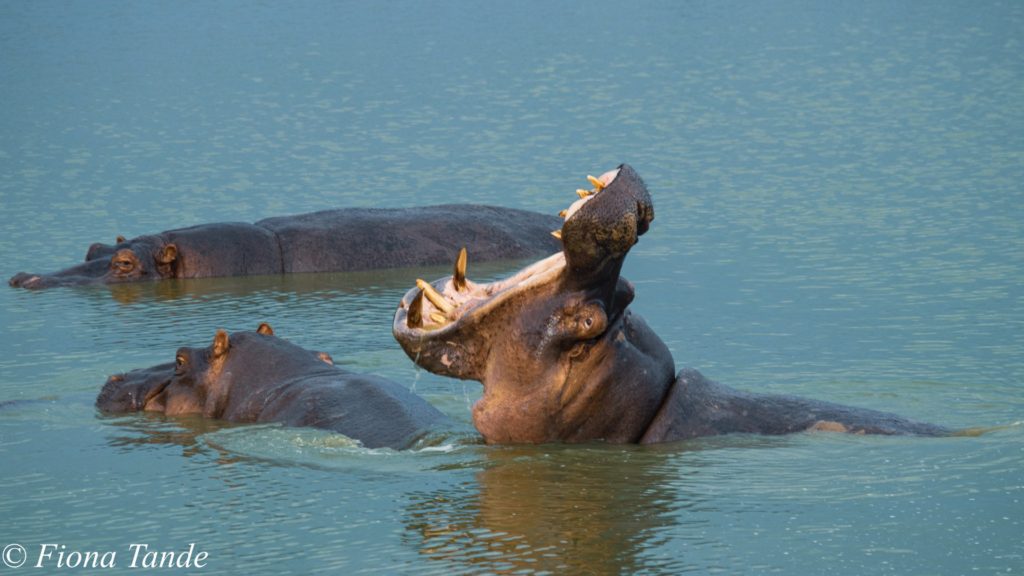
The inability to access the latest camera equipment is also a crippling challenge for local filmmakers in Kenya. Productions tend to fly in their own equipment, and this means leaving with them once shoots wrap. As such, local camera operators can not master the gear and that in turn makes them less likely to be given 1st camera positions.
The idea was to give fellow filmmakers with an interest in nature and wildlife an opportunity to network and interact with mentors who they otherwise wouldn’t have access to and pour into them tips and skills in order to allow them to be better equipped when it comes to wildlife productions. It started off as a film lab but the hope is to grow it into a wildlife film summit just like Jackson Wild where wildlife films made in the country have a local platform to be celebrated.
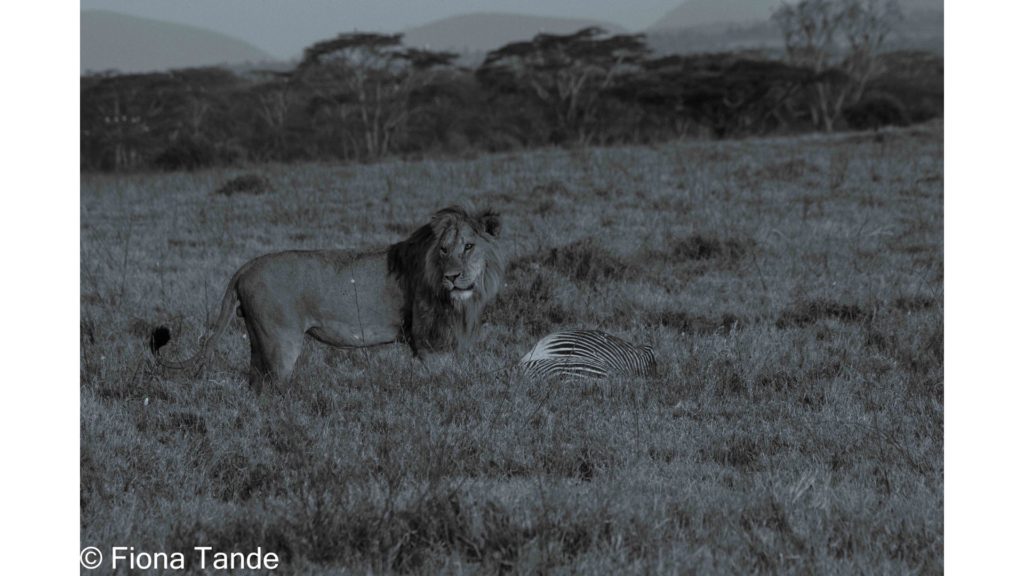
I also envision Kenya Summit being an avenue where key industry stakeholders like film commissioners, executives, veteran/early to mid-career wildlife filmmakers (i.e. camera operators, editors, sound engineers, producers, etc.) would attend and it would be a meeting of the greats as well as up and coming creatives to interact and collaborate on future productions.
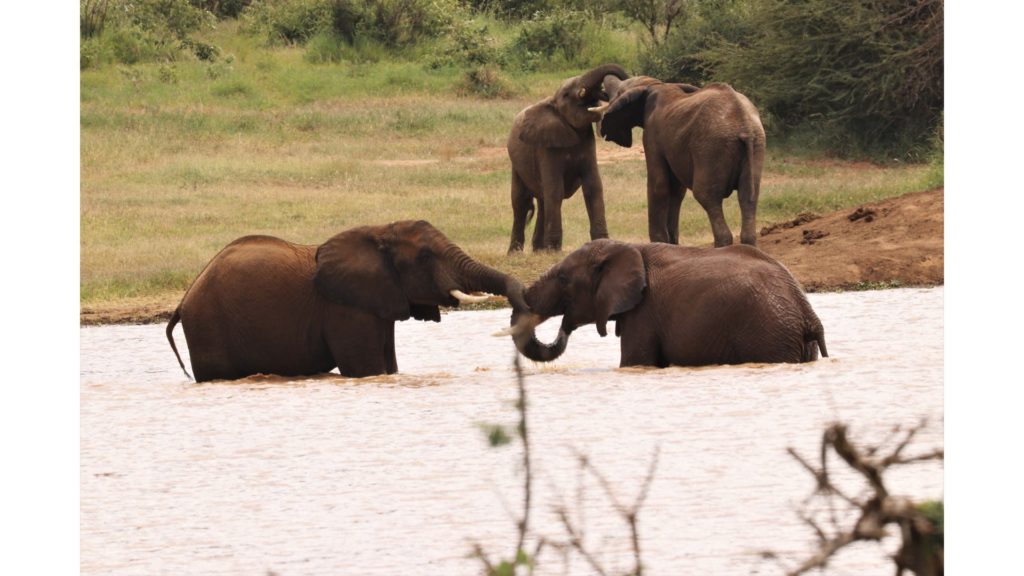
Through both projects, the films Phefumla (Breathe) and Enanyokie (Red) Maasai Heritage were produced. I worked with teams on both projects where on the latter, I was one of the underwater cinematographers and in the former, I was a producer and director. Both have been entered in film festival awards i.e., Phefumla (Breathe) won the Simon Mabhunu Sabela Awards (Kwazulu Natal, South Africa) for best documentary and is officially selected as a contender at the Environmental Film Festival in the Nation’s capital in the short film category. Enanyokie (Red Maasai Heritage) won the best cinematography (super short category) at Alternative Film Festival and garnered an official selection at Nature Without Borders International Film Festival for Narrative Short Film Centred on Animal, nature, or environment.
I worked with teams on both projects where on the latter, I was one of the underwater cinematographers and in the former, I was a producer and director. Both have been entered in film festivals awards
The challenges and struggles
Y.M.Cinema Magazine: Describe the challenges of developing a filmmaking career in Kenya.
Fiona Tande: From the onslaught, trying to break into the industry has been extremely challenging especially as a black female newcomer with basic camera operation skills and film background. The industry is white male-dominated and despite drive and passion for storytelling, commissioners and producers are not willing to bet on people they’ve never worked with, understandably so as that would be an expensive gamble. However, it’s the reluctance to invest in training the local talent that’s eager to learn that is more frustrating. While it’s not foreign productions’ mandate to build local capacity, given the shift in world thinking and general contribution to the carbon footprint from constantly flying in a crew to location, it is in their interest to actively recruit local filmmakers and engage their unique perspectives in order to tell a variety of stories yet to be told/depicted.
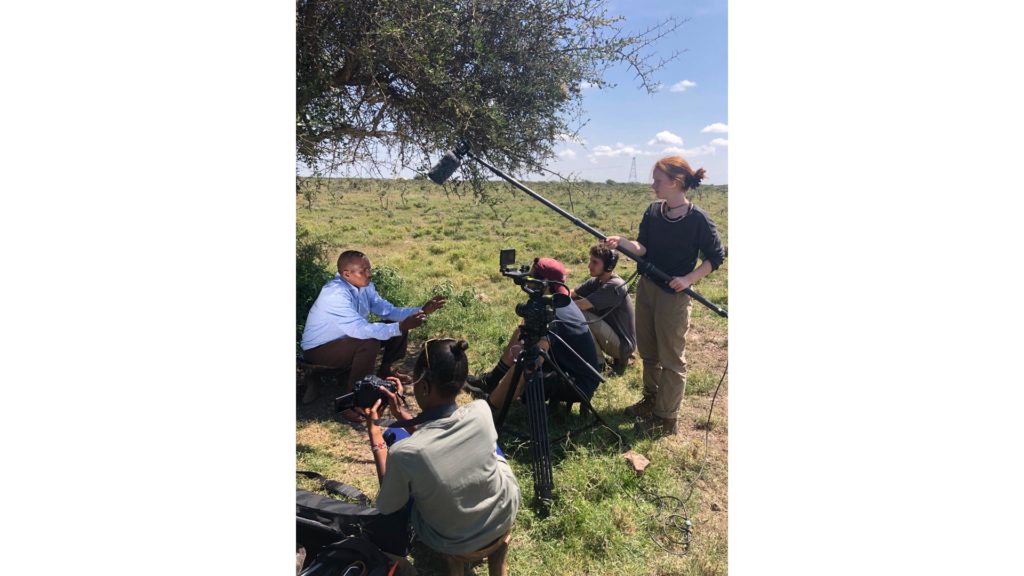
The inability to access the latest camera equipment is also a crippling challenge for local filmmakers in Kenya. Productions tend to fly in their own equipment, and this means leaving with them once shoots wrap. As such, local camera operators can not master the gear, and that in turn makes them less likely to be given 1st camera positions. That said, there has been a willingness to adopt more inclusive practices. At the forefront of these discussions is Jackson Wild and its partners. However, there is a need to move with expediency as this change is long overdue.
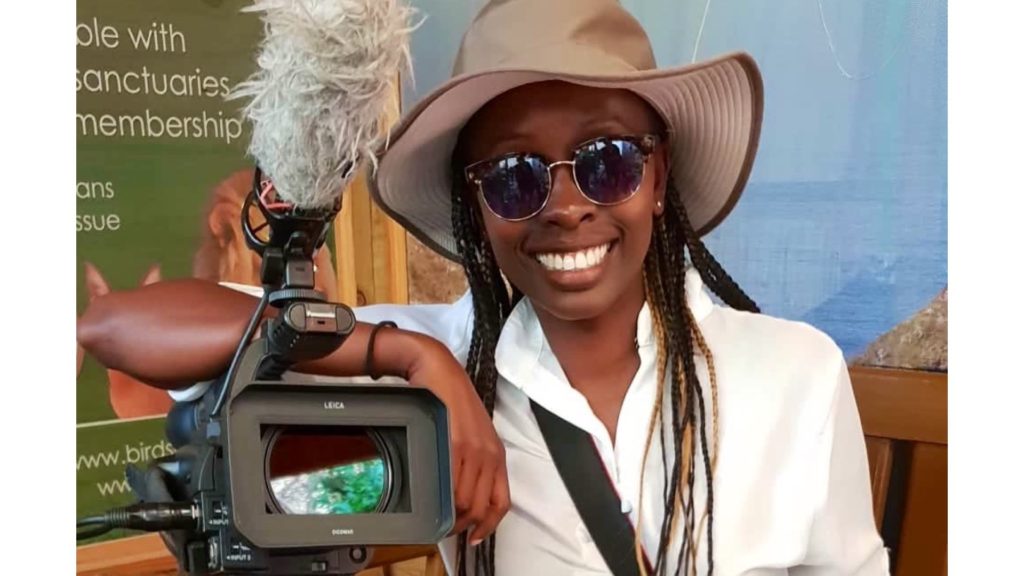
From the onslaught, trying to break into the industry has been extremely challenging especially as a black female newcomer with basic camera operation skills and film background.
The problematic access to the latest camera technologies
Y.M.Cinema Magazine: How it can be explained (in your opinion), that Kenya, which is one of the most epic places for wildlife filmmaking, lacks a decent base of rental houses?
Fiona Tande: Kenya does have a couple of decent rental companies. However, I would say those camera manufacturers still need to engage local rental houses more regarding access to their latest gear. Also, wildlife filming is yet to be fully embraced locally as the main source of income-generating business because when productions come to film in the country, they rarely showcase the final products to the locals instead showing it to their home audiences i.e., Europe, the U.K, and the U.S. That coupled with the fact that said productions more often than not, fly in their equipment, wildlife shows and the making of such is not as prominent here as it is out there, (i.e., U.S, U.K, Europe, etc.) ironically. The rental facilities’ main source of income is generated from commercial and regional television shoots. We as the coalition/potential hub are looking to change this by engaging camera manufacturers to partner with this initiative and explore how we can bridge the gap and create a conducive environment where the gear can be easily accessed for hire or purchase, safely stored, professionally managed and maintained by locals, who can be trained by the manufacturers, in accordance with their specifications.
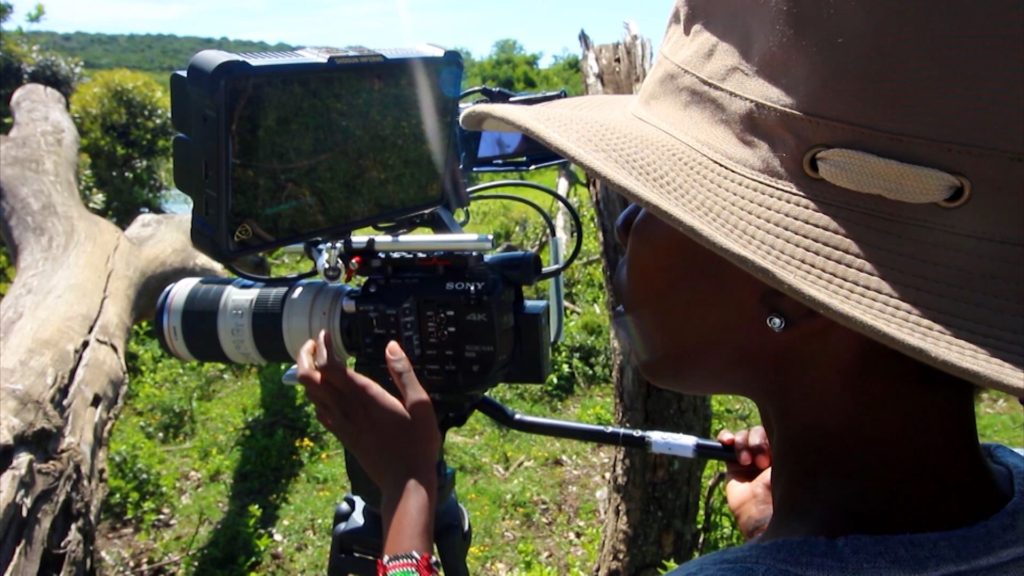
It’s the reluctance to invest in training the local talent that’s eager to learn that is more frustrating. While it’s not foreign productions’ mandate to build local capacity, given the shift in world thinking and general contribution to the carbon footprint from constantly flying in a crew to location, it is in their interest to actively recruit local filmmakers and engage their unique perspectives in order to tell a variety of stories yet to be told/depicted.
Final thoughts
Y.M.Cinema Magazine: Anything to add? Talk freely.
Fiona Tande: Given my experience in the industry, albeit short, I teamed up with fellow camera operators Tim Marks (Zimbabwe) and Manu Akatsa (Kenya), who are in more advanced stages in their careers, and together we are working with Jackson Wild and a few of their partners in looking to set up a training hub in Kenya where veteran camera operators who have worked with on big productions can train a select few on the latest gear in the market. This training would then be paid forward through the first lot.
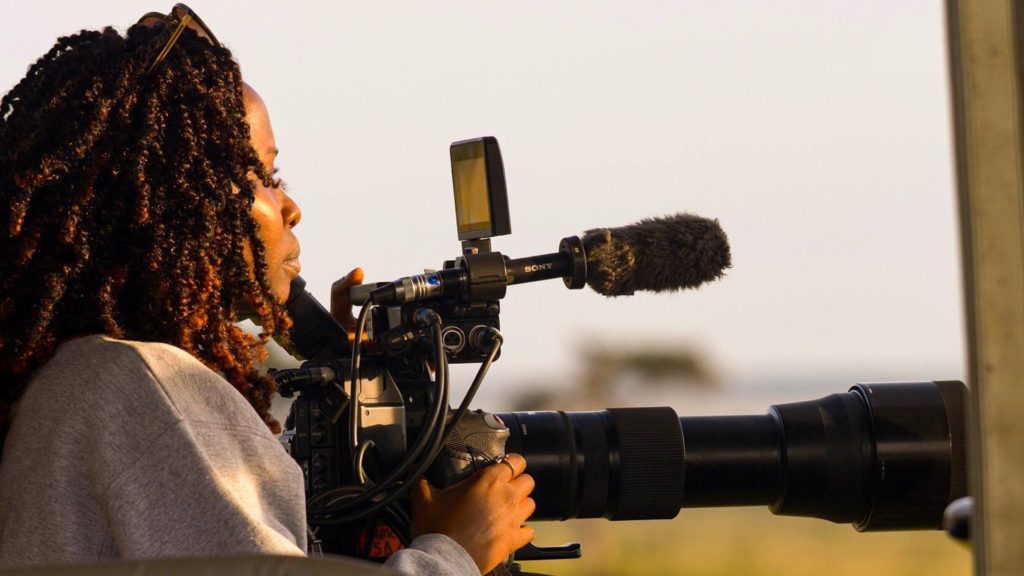
I would like to invite investors, and especially camera manufacturers like RED, ARRI, Canon, Panavision, DJI, Sony, etc., and foreign rental companies to partner with us in leading the charge for more inclusivity in the natural history unit of filmmaking. This movement needs all the stakeholders to engage in progressive discussions that lead to action that leaves a significant impact on the ground.
We hope that this will give local talent an edge when it comes to the skillset foreign productions look for to include locals in shoots. These discussions are still in the early stages, but I would like to invite investors, and especially camera manufacturers like RED, ARRI, Canon, Panavision, DJI, Sony, etc. and foreign rental companies to partner with us in leading the charge for more inclusivity in the natural history unit of filmmaking. This movement needs all the stakeholders to engage in progressive discussions that lead to action that leaves a significant impact on the ground. I would also encourage stakeholders to engage local talent in all facets of filmmaking processes not just as a token but genuinely collaborate with us in various levels and acknowledge our contribution. For change to happen, all stakeholders need to have an equal place at the table where progressive discussions for change are being held.

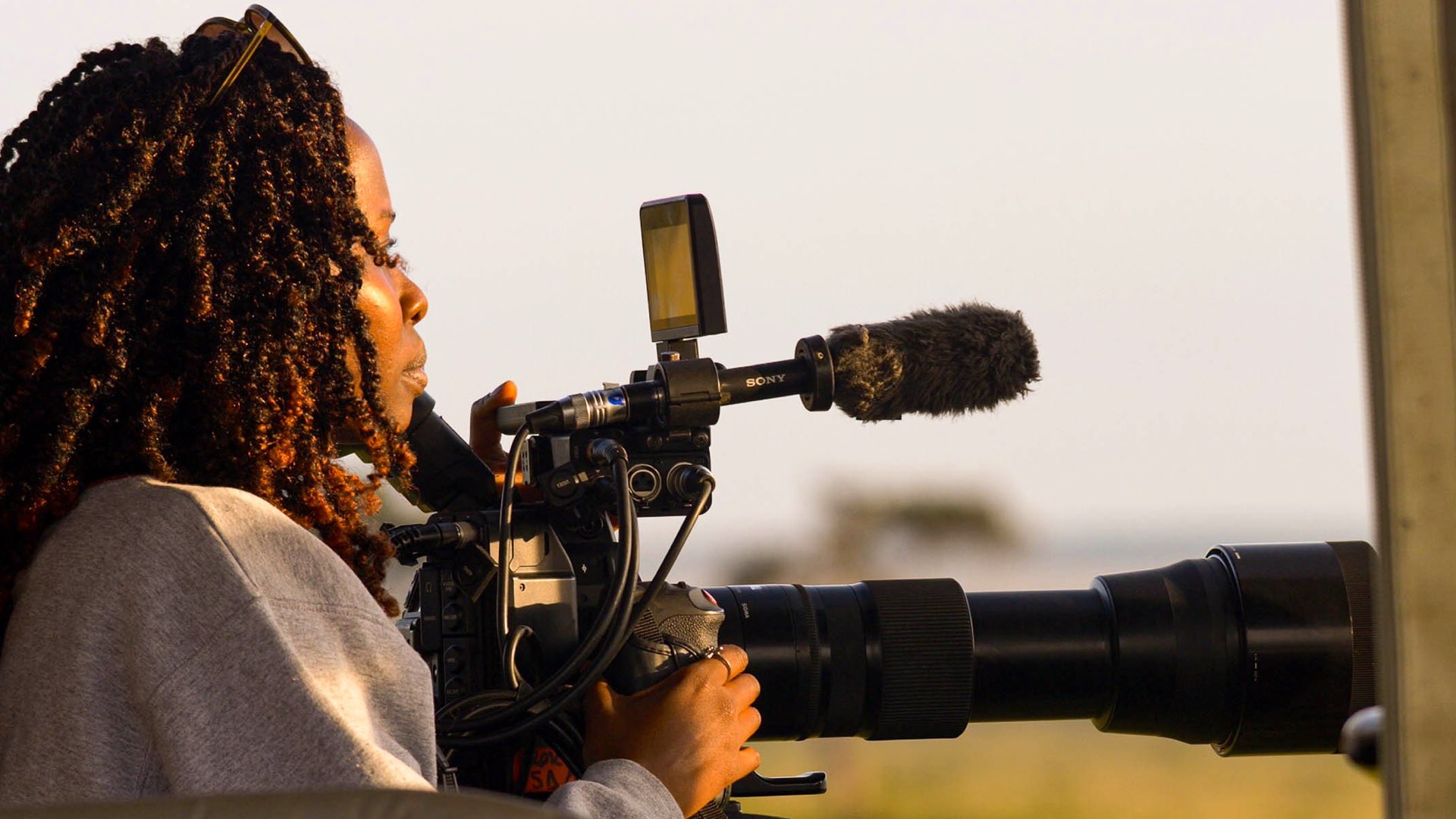
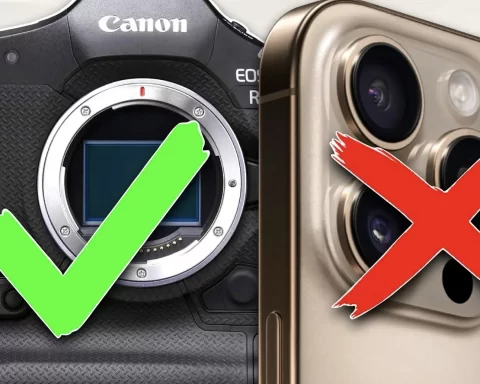
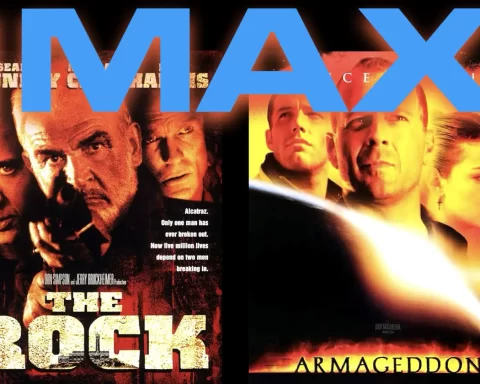
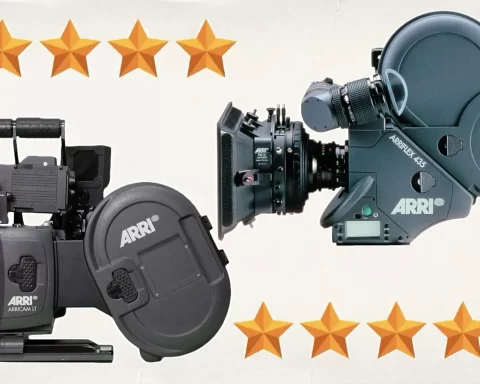
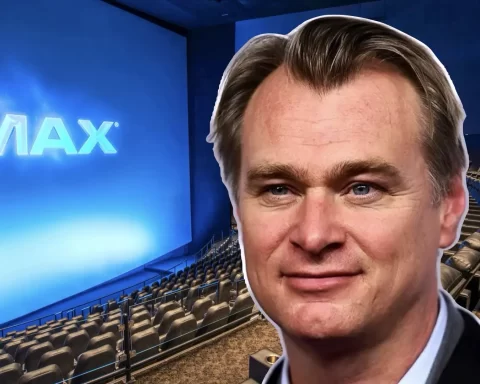
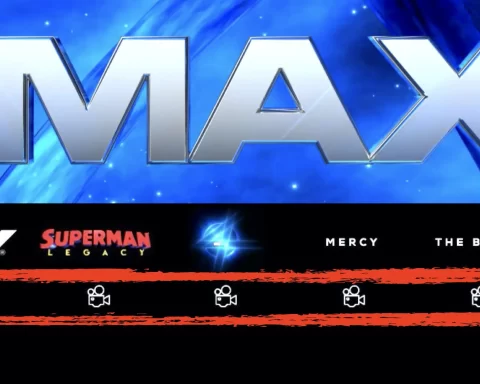
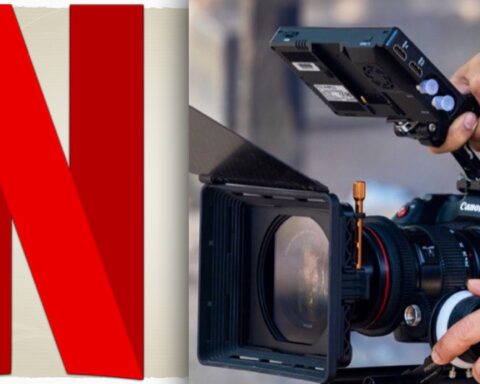

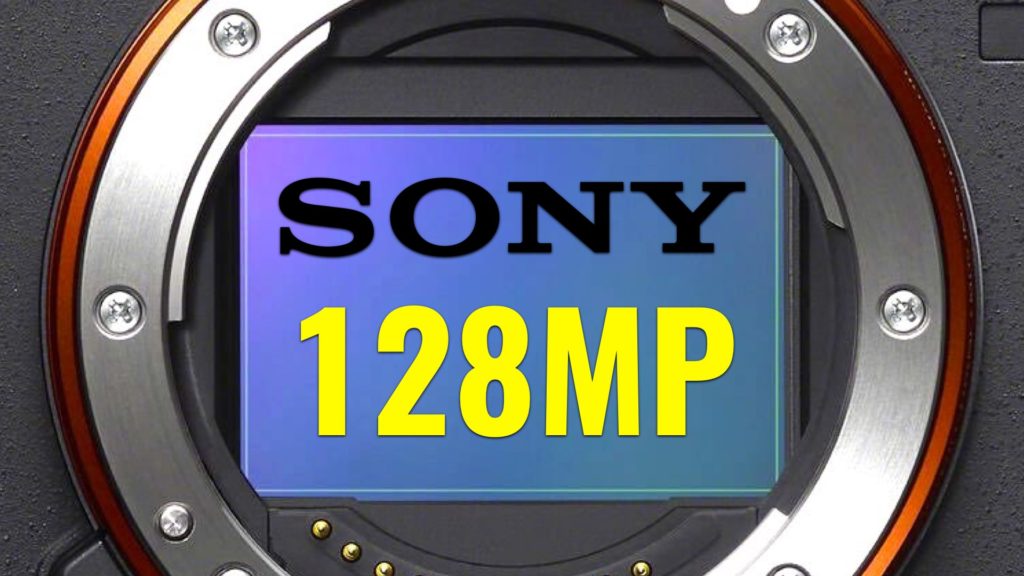
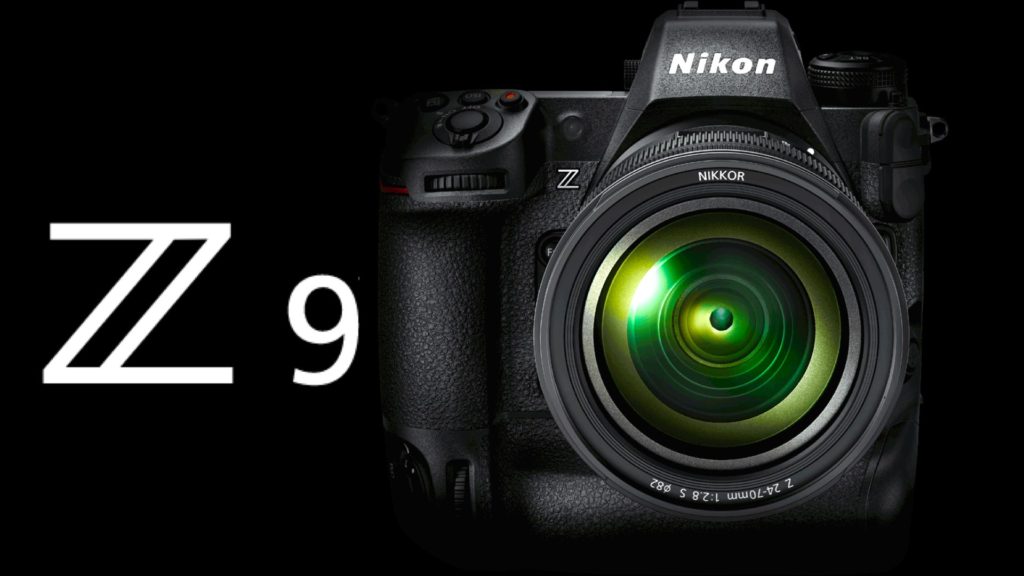
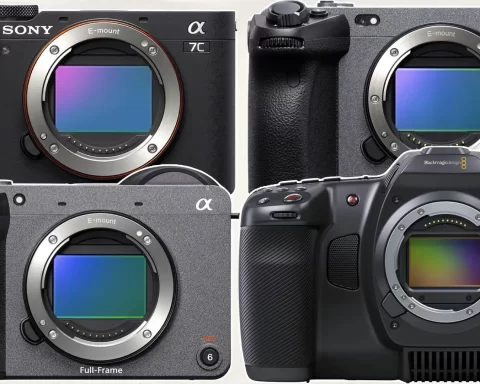
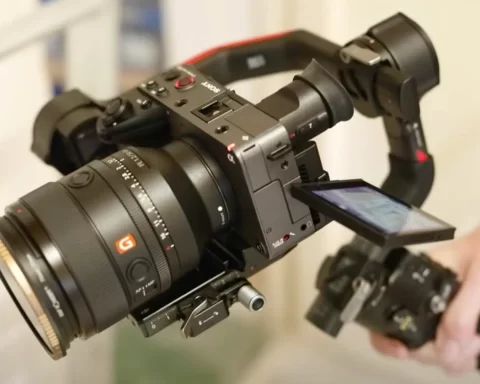
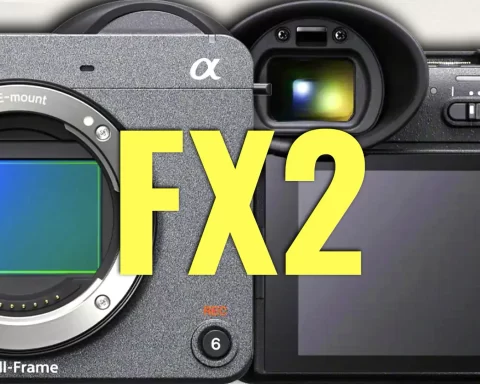
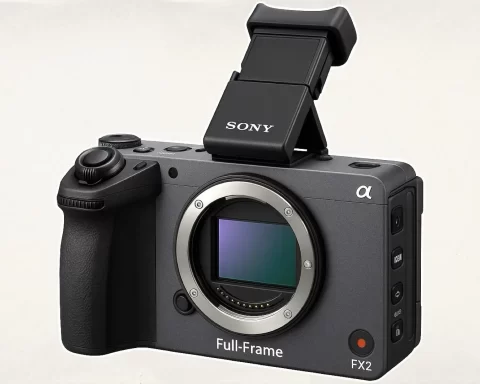
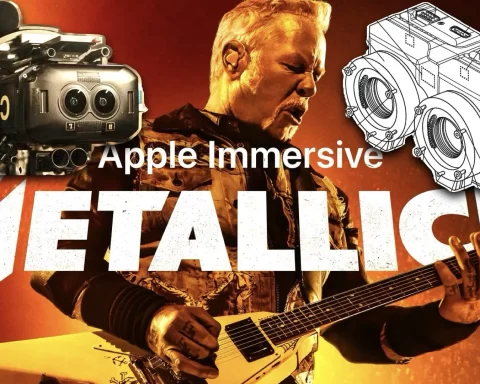

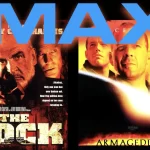
What a wonderful inspiring article about film maker Fiona Tande and the work she’s done and the films she’s been part of. Kudos as well to the film and conservationist community she has been involved with. I loved the films you posted and God Bless them all and Yossy and Y.M. Cinema Magazine. – Sincerely – a California woman studying film making!
Such a beautiful comment! Thank you!